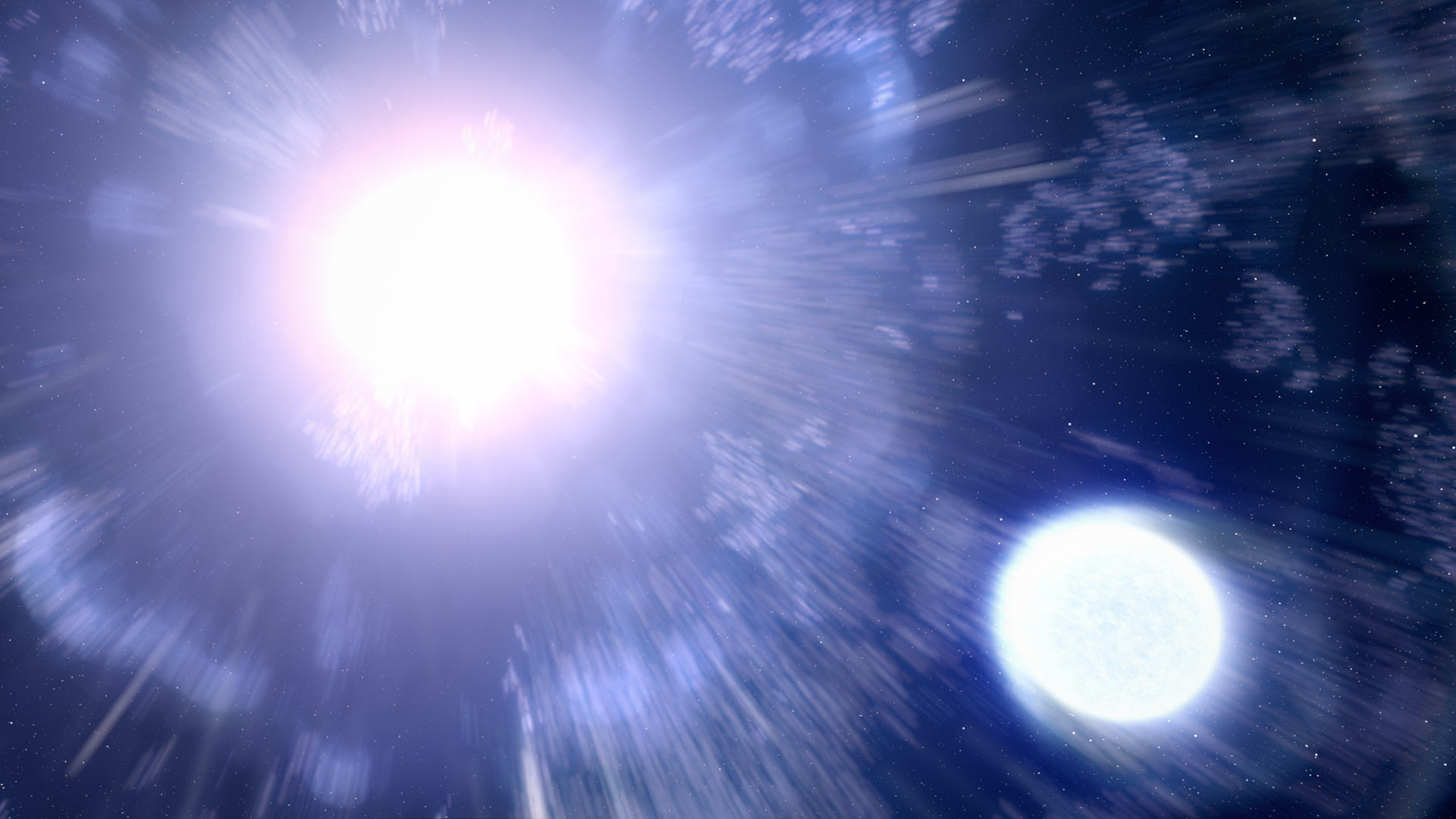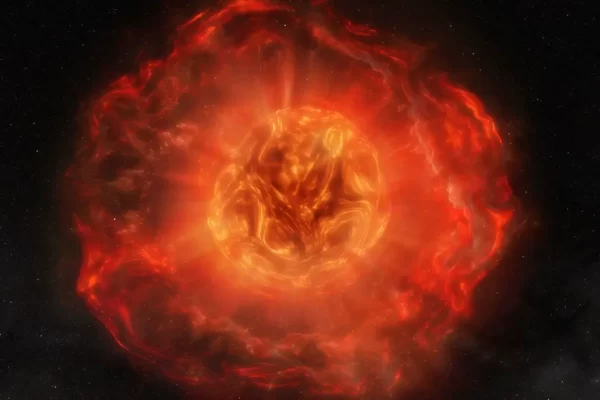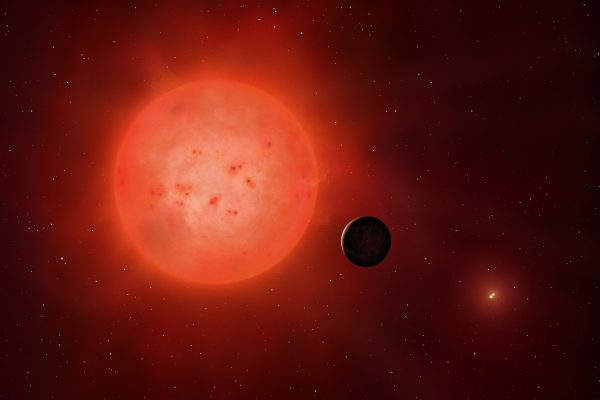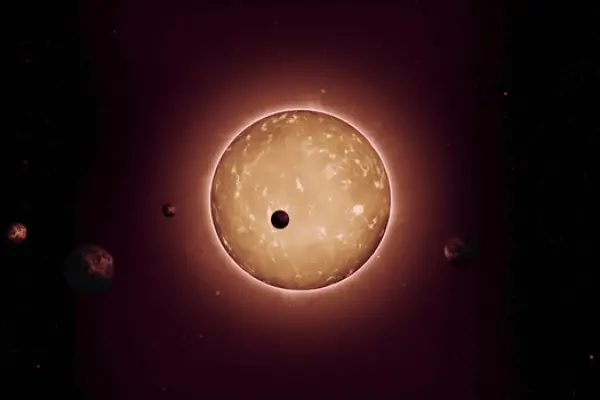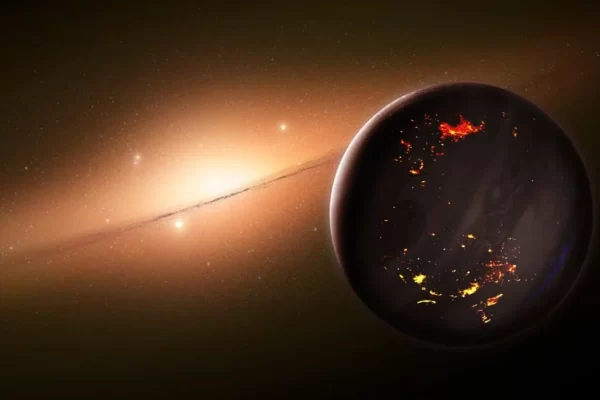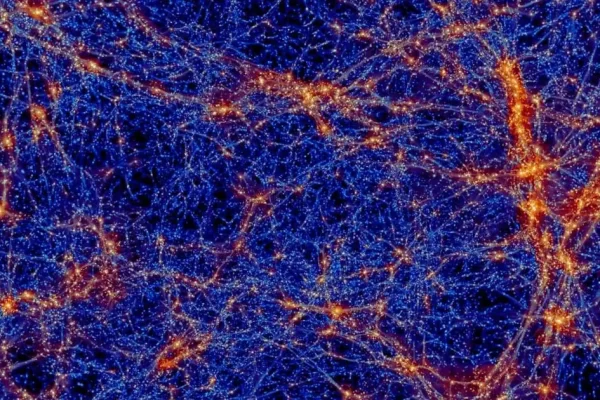
The largest galactic ‘bridges’ discovered spinning across hundreds of millions of light years
Cosmic filaments, stretching hundreds of millions of light-years, have been found spinning! Key Takeaways Astronomers discovered cosmic filaments that rotate, making them the largest spinning structures known. These colossal filaments act as “bridges,” connecting galaxy clusters across vast distances. The filaments’ rotation velocity can reach nearly 100 km/s, an unprecedented observation. The spin challenges existing…
